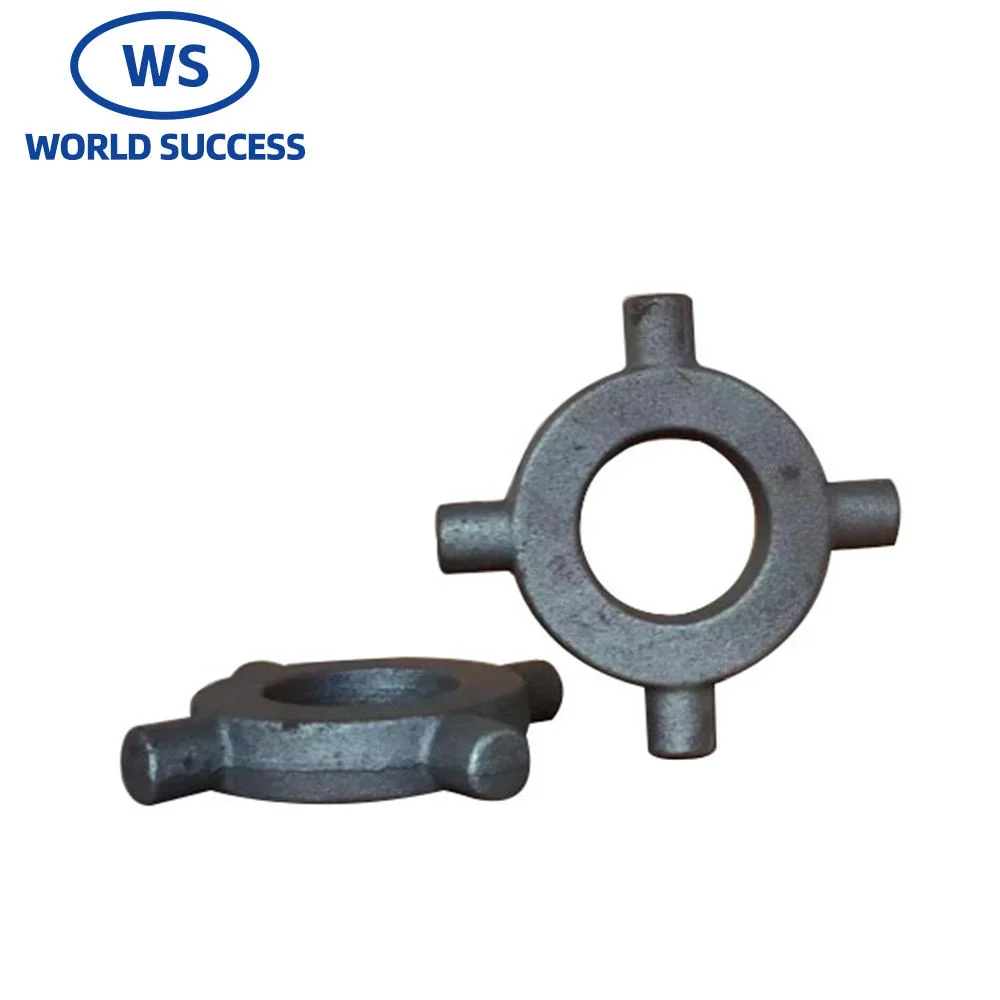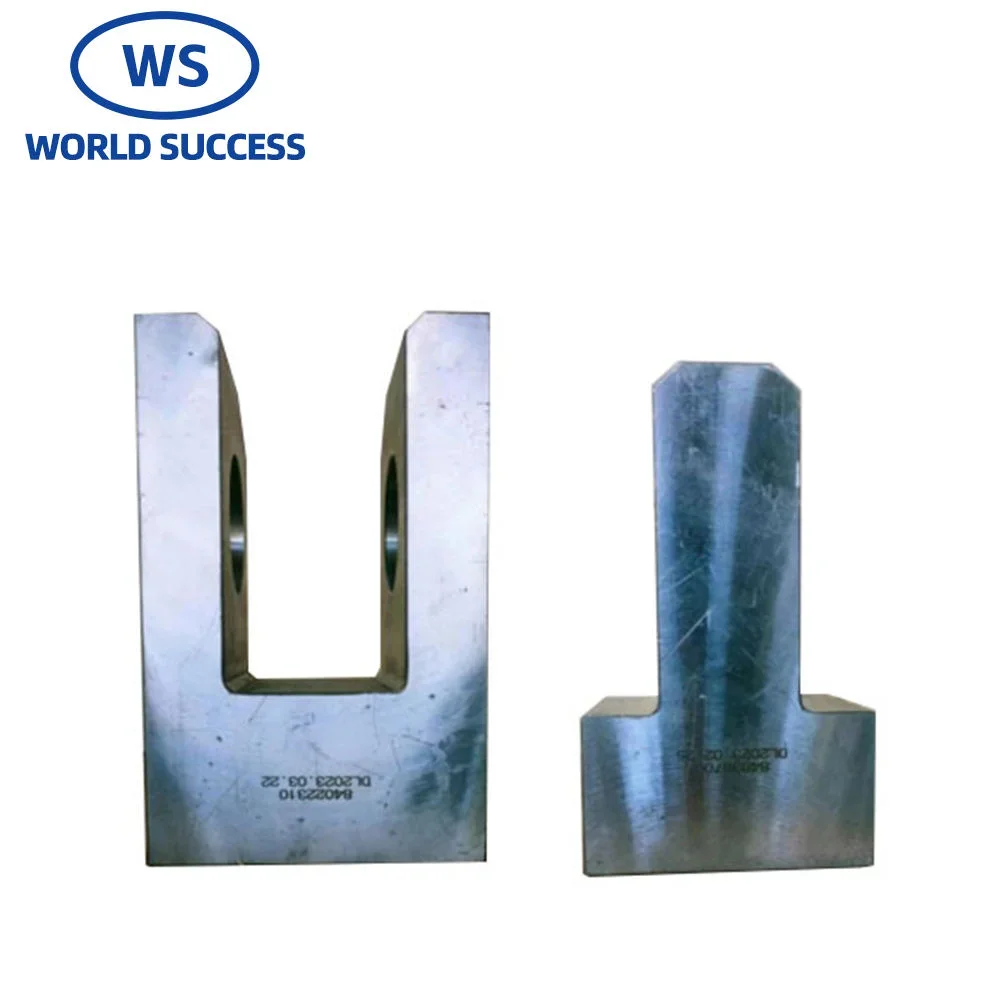Improving Safety and Productivity in Mining Operations with Forged Differential Parts
Mining operations are inherently challenging and demanding, requiring heavy machinery and equipment to extract valuable resources from the earth. Safety and productivity are two critical factors that mining companies constantly strive to improve. One area that plays a crucial role in achieving these goals is the use of forged differential parts. In this article, we will explore the definition, function, advantages, safety benefits, and productivity benefits of forged differential parts in mining operations.
Understanding Forged Differential Parts
Forged differential parts are components that are manufactured through a process called forging. Forging involves shaping metal by applying compressive forces to it, typically using a hammer or a press. This process creates parts that are stronger, more durable, and have better mechanical properties compared to parts made through other manufacturing methods, such as casting or machining.

Function of Differential Parts in Mining Operations
Differential parts are essential components of mining machinery, particularly in vehicles such as trucks, loaders, and excavators. The primary function of differential parts is to distribute torque and rotational power from the engine to the wheels, allowing the vehicle to turn smoothly while maintaining traction. These parts consist of gears, shafts, bearings, and other components that work together to transfer power and enable the vehicle to navigate challenging terrains encountered in mining operations.
Advantages of Forged Differential Parts
Strength and Durability: Forged differential parts are known for their exceptional strength and durability. The forging process aligns the grain structure of the metal, resulting in improved mechanical properties such as increased tensile strength, fatigue resistance, and impact toughness. These characteristics make forged differential parts highly reliable and capable of withstanding the harsh conditions and heavy loads experienced in mining operations.
Enhanced Performance: The superior mechanical properties of forged differential parts translate into enhanced performance. The increased strength allows for higher torque transmission, enabling mining vehicles to operate efficiently even under demanding conditions. Additionally, the durability of these parts ensures longer service life, reducing downtime and maintenance costs.
Cost-effectiveness: While the initial cost of forged differential parts may be higher compared to parts made through other manufacturing methods, their long-term cost-effectiveness is undeniable. The extended service life and reduced maintenance requirements result in lower overall operating costs for mining companies. Moreover, the enhanced performance of these parts contributes to increased productivity, further offsetting the initial investment.

Safety Benefits of Forged Differential Parts
Reliability: Safety is paramount in mining operations, and the reliability of equipment plays a crucial role in ensuring the well-being of workers. Forged differential parts offer a higher level of reliability compared to parts made through other manufacturing methods. Their superior strength and durability minimize the risk of sudden failures or breakdowns, reducing the likelihood of accidents and injuries.
Resistance to Fatigue: Mining operations often involve continuous and heavy-duty use of machinery, which can subject differential parts to significant stress and fatigue. Forged differential parts, with their improved fatigue resistance, are better equipped to withstand prolonged operation without compromising safety. This resistance to fatigue ensures that the parts maintain their structural integrity, reducing the chances of unexpected failures that could endanger personnel.
Enhanced Load-bearing Capacity: Mining vehicles often carry substantial loads, and the differential parts must be capable of handling these loads safely. Forged differential parts, with their superior strength, have a higher load-bearing capacity compared to parts made through other manufacturing methods. This increased capacity ensures that the parts can withstand the stresses imposed by heavy loads, minimizing the risk of structural failures that could lead to accidents.
Productivity Benefits of Forged Differential Parts
Increased Equipment Uptime: Downtime in mining operations can be costly, both in terms of lost production and increased maintenance expenses. The strength and durability of forged differential parts contribute to increased equipment uptime. These parts can withstand the demanding conditions and heavy loads encountered in mining operations, reducing the frequency of breakdowns and the need for unscheduled maintenance. As a result, mining companies can maximize their productivity by keeping their machinery operational for longer periods.
Improved Efficiency: The enhanced performance of forged differential parts directly translates into improved efficiency in mining operations. The higher torque transmission capability allows vehicles to navigate challenging terrains more effectively, reducing the time required to complete tasks. Additionally, the longer service life of these parts reduces the need for frequent replacements, minimizing downtime and increasing overall operational efficiency.
Optimal Power Distribution: Differential parts play a crucial role in distributing power to the wheels of mining vehicles. Forged differential parts, with their superior strength and precision, ensure optimal power distribution, maximizing the traction and maneuverability of the vehicles. This optimal power distribution enables mining operations to be carried out more efficiently, resulting in increased productivity.

Conclusion
Forged differential parts offer significant advantages in terms of strength, durability, performance, and cost-effectiveness in mining operations. The safety benefits of these parts, including their reliability, resistance to fatigue, and enhanced load-bearing capacity, contribute to a safer working environment for mining personnel. Simultaneously, the productivity benefits, such as increased equipment uptime, improved efficiency, and optimal power distribution, result in higher productivity and profitability for mining companies. By embracing the use of forged differential parts, mining operations can achieve a balance between safety and productivity, ultimately leading to sustainable growth and success in the industry.
Related News:
Forging Differential Parts for Mining Equipment: Ensuring Durability and Efficiency
The Importance of High-Quality Differential Parts in Mining Equipment



